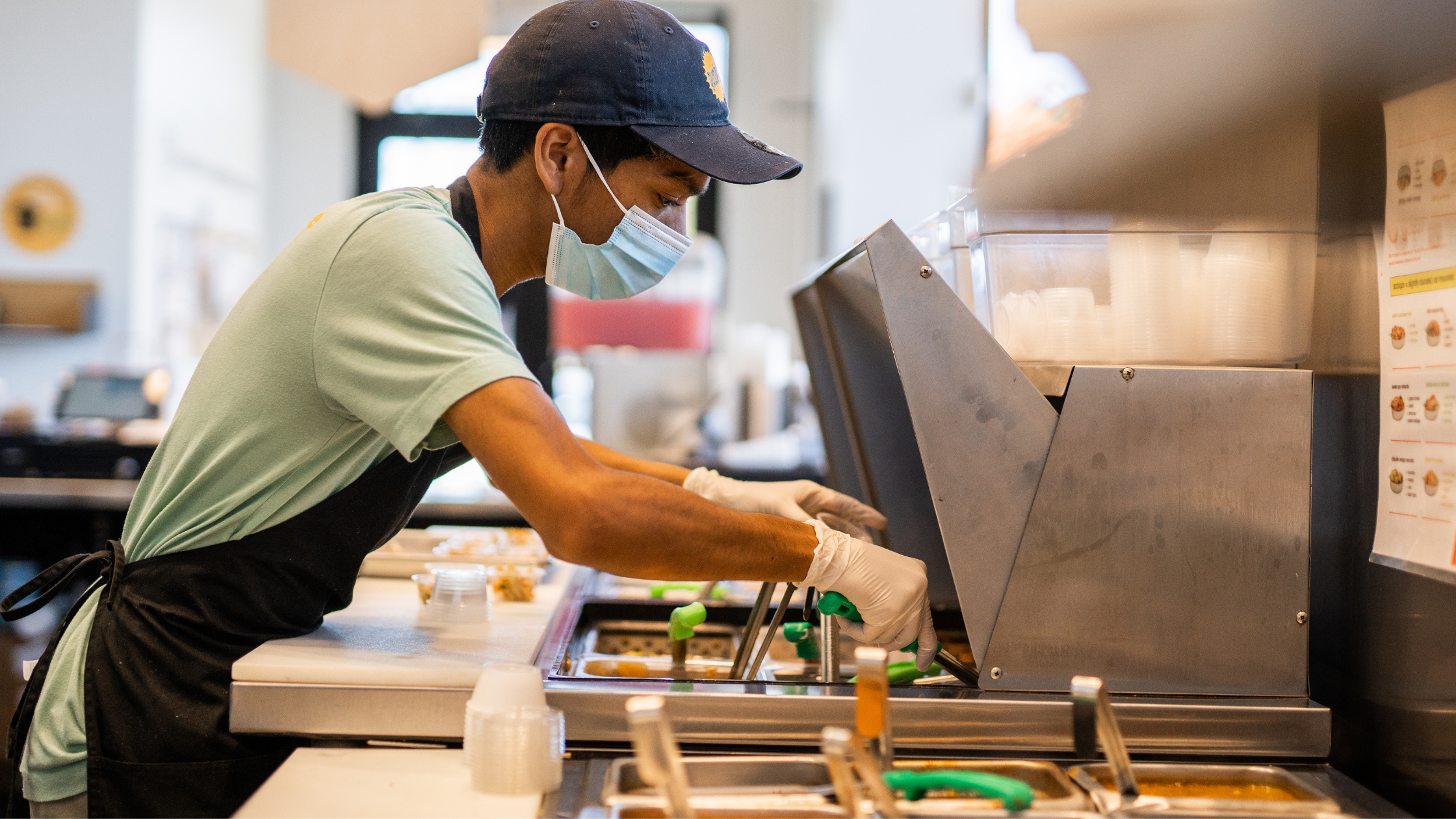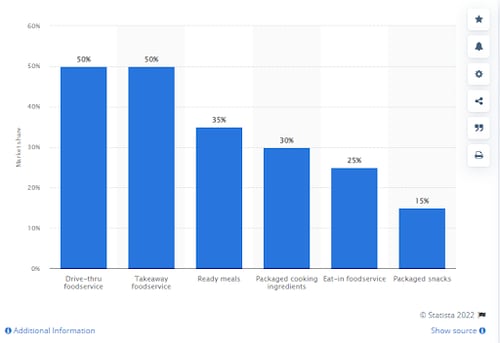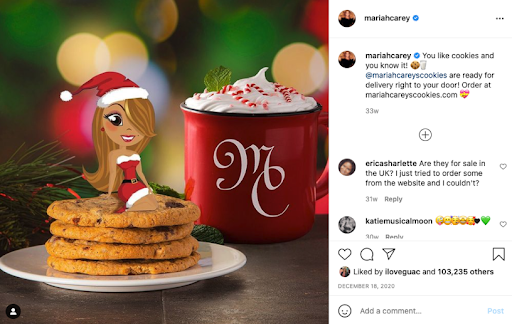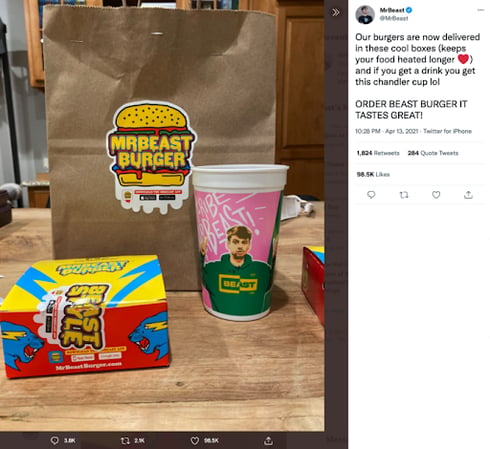Call Sales: +1 (833) 437-3835
Call Sales: +1 (833) 437-3835
Sarah Vancini | March 9, 2022 |

Accelerated by strict COVID-19 no contact laws, thousands of restaurateurs opted to open or function as ghost kitchens rather than traditional restaurants. Also known as virtual, cloud or dark kitchens, ghost restaurants have no dining spaces and instead offer delivery and or take-out only options.
Restaurants owners have been drawn to the virtual kitchen concept for many reasons including:
Today there are thousands of operating cloud kitchens, with large franchises and startups alike investing in this new concept. Chili’s opened two ghost kitchens—It’s Just Wings and Tender Shack—which brought in a combined estimated $225M this past year. Buca Di Beppo and Dog Haus have followed suit, transforming their existing kitchen space into new ghost kitchens in mere months.

Although COVID-19 restrictions are ebbing and more restaurants are opening for dine-in services, it seems like there is enough demand for the virtual kitchen concept to survive long term. A recent survey found 85% of consumers will continue to order takeout or delivery at least once per week regardless of restrictions. As well, ghost kitchens are forecasted to hold a 50 percent share of the drive-thru and takeaway foodservice markets worldwide, respectively, by 2030.
With ghost kitchens, brands are faced with a unique challenge of showcasing their personality and building relationships through almost entirely virtual means. Unlike other restaurants, dark kitchens cannot rely on physical attractions nor staff interactions. The only point of physical contact between customer and business comes from packaging and actual food delivered.
Prior to COVID-19, restaurants relied on the design of their physical space and person-to-person interactions with staff to solidify brand loyalty. Examples of such iconic marketing efforts include:
According to CEO James O'Reilly who operates and owns two virtual kitchens (Wing Experience and Burger Experience), defining your ghost kitchen’s distinct brand is essential to long term success. O'Reilly states this is because distinct brands combat the ever increasing saturation in the virtual restaurant space.
"My advice to you is not just to do a brand for the sake of doing a brand,” says O’Rielley, “[Don’t] just to offer a wing brand to compete with 100 other wing brands. The brand that you launched needs to have a reason to exist because it will compete alongside dozens of alternatives on the different platforms such as UberEats and DoorDash and Grubhub, et cetera.”
Important touch points for your virtual brand to enhance customer retention and acquisition include unique:
Most customers today prefer to order their pickup or delivery online through an app or website rather than calling or going in person to make an order. Your ghost kitchen should allow customers to order on both preferred marketplaces and on a branded app or website.
Preferred marketplaces are ideal because potential customers are already familiar with the interface and are coming to this site or app regularly for delivery options. On the platform Olo alone there are more than 50 virtual brands with most of them launching within the last year.
Some other marketplaces to consider are:
Having a branded direct ordering option is also important as it frees you from reliance on third-party marketplaces and their margin pressures. Virtual Dining Concepts is the parent company behind many of the most well-known virtual brands. They emphasize the need for branded direct ordering in long-term success.
When the company launched MrBeast Burger, their team successfully used marketplaces to garner interest as well as signage and giveaways to encourage customers to download their branded ordering app.
Make sure to strategically include promotions that will allow you to stand out from other competitors or allow for adoption of your new ghost kitchen. Dog Haus, a company that runs six virtual brands, has found success using paid promotions for free delivery. These promotions brought in a steady flow of orders, increased visibility on marketplaces and helped them to quickly determine which concepts were resonating with customers.
Other popular options for promotions include influencer or celebrity endorsements. These partnerships allow for targeted immediate access to a core group of potential customers. For example, Mariah’s Cookies partnered with Mariah Carey on Instagram to build awareness as they launched across 30 U.S. markets.
Lastly, don't rule out mail campaigns as oldschool. More brands are experimenting with direct mail to targeted homes within their delivery radius. To make mail campaigns a bit more modern, consider adding a QR code to the brand’s ordering page.
Learn more about marketing campaigns.
 Capitalize on Previously Established Strong Brand Affinity
Capitalize on Previously Established Strong Brand AffinityIf you previously had a strong physical brand presence and are now switching over to being a hybrid or 100% virtual brand, it’s important to capitalize on your previous brand affinity.
For example, Wingstop launched the ghost kitchen Thighstop and carried over some of their original branding. Customers already loyal to the dine in restaurant Wingstop immediately recognized the relationship between the two ventures and were more willing to try the new ghost kitchen.
Dog Haus also tapped into their existing customer base when launching six new concepts. All marketing materials included the phrase “Powered by Dog Haus” and each order included a postcard cross-promoting the other concepts under their umbrella.
In addition, Dog Haus used their already robust social media, email, and text messaging campaigns to drive more traffic to their pages.
Make your menu unique and keep it simple. The smaller and more focused your menu is, the better. Remember you can always add more items to your menu.
Before launch ask yourself the following questions:
Learn more about how to create a virtual restaurant business plan.
Never miss an opportunity to brand the experience and tie everything together. This is especially important when the packaging itself is the only real connection customers will have with your brand. Unique delivery boxes and bags help elevate virtual brands and preserve food quality during transit.
Delivery service drivers ensure your customers get their food on time and that the food arrives as it was packaged. The easier and more convenient you make your interactions with drivers, the better experience your customer will have with your meals.
For delivery couriers, one of the biggest challenges is knowing where to pick up a virtual order. Make sure to have clear signage and a pickup area for couriers at each location.

Virtual brands take a lot of time and energy to manage. Just like with any in-person restaurant concepts, ghost kitchens are building a relationship with patrons to promote brand loyalty and resonate with particular demographics.
This type of branding, including building a website, considering unique packaging, optimizing courier experience and forging marketing promotions, requires a lot of thought, time and consideration.
In order to free yourself and your team up to do this important work make sure you partner with a robust POS platform, like Revel’s restaurant POS, to help you take care of all tasks which can be automated. This includes things like inventory management and transaction tracking.